At SIRO, we understand the needs and requirements of broadband for businesses across Ireland. Whether you're uploading files and data to the cloud, to using EPOS systems in a busy restaurant, we provide a full scalable broadband to suit your business. We sat down with Kieran Clifford of
Island Computers, to better understand the broadband requirements he sees his clients requiring and why more businesses are making the switch to SIRO.
SIRO For Hospitality
We understand that keeping your guests happy and entertained is your top priority to drive loyalty. We can help you choose the best connectivity to ensure that your guests enjoy a wonderful experience. Ensure your guests can stay connected, your employees can access booking and payment systems seamlessly, and facilitate high quality streaming across TV's. Our network is built on the ESB network so you know you can rely on it.
Island Computer is an IT Services company, working with small to medium sized enterprises in West Cork & Kerry in the hospitality sector. One SME which Island Technologies provides IT support and advice to is the Sheahan Group. This family hospitality company own and operate several pubs and hotels in the Southwest region. These include
Hilliards, Social 15,
The PorterHouse, Whitegates Hotel amongst others. There are currently ten clients of Island Computers use SIRO full fibre enterprise broadband services. Viatel is their ISP (Internet Service Provider) on the SIRO network.
[caption id="attachment_8434" align="aligncenter" width="1024"]
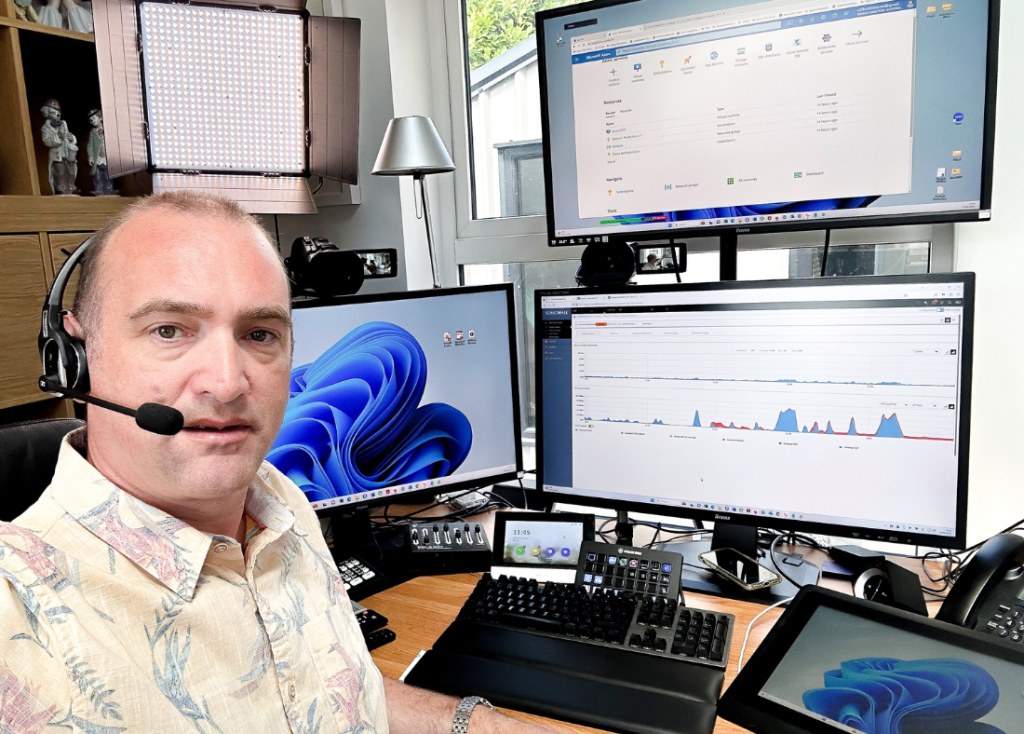
Kieran Clifford, Technical Director, Island Computers[/caption]
Why did your company/client make the switch to fibre?
“VDSL was not providing the service that we needed. When you are dependent on using things like EPOS, Credit Cards, CCTV Systems and especially with COVID, we had to validate people’s certs to ensure they were vaccinated, reliable internet is required. Fibre to the premises, along with a managed services through Viatel was an ideal solution."
Can you give us an example of how SIRO’s fibre was a benefit to your business?
“Before we had SIRO, VDSL would only work until 3p.m. We were constantly refreshing pages or credit card machines were not working. It was an extremely frustrating experience. Our staff had better things to be doing than refreshing credit card pages.”
“So, we decided to trial SIRO and Viatel’s fibre connection initially from one of the busiest premises, having 600-700 people in per night. This was Reidy’s of Killarney. It was a huge success. After that, we rolled it out to McSorely’s and Social 15, which were heavily populated at the weekends.

“In our own place of work, we are very much cloud based. We are big users of 365 and Azure. The back end and marketing rely on the technology. We are so dependent on fibre broadband. Since the investment with SIRO and Viatel, we found that our productivity has improved as the broadband provides a smoother experience.
The great thing about working with Viatel is that there is two-way communication, so we can coordinate maintenance and make those accommodations to avoid delays.”
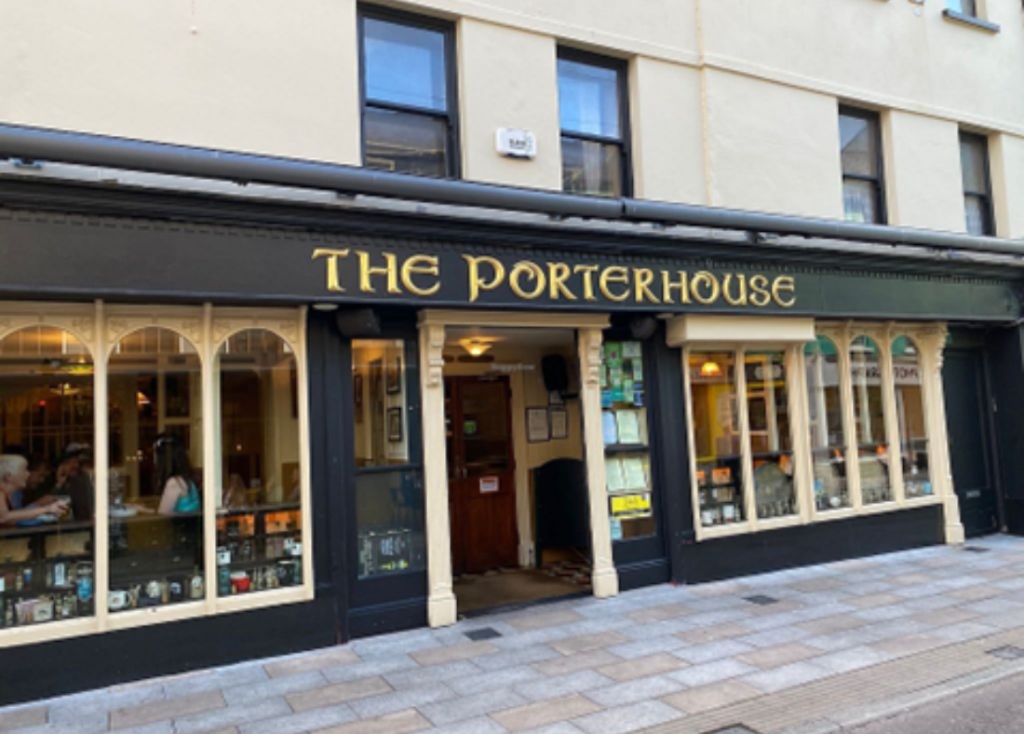
Are there any other aspects of the business where SIRO’s fibre broadband improved your operations?
“In areas such as remote monitoring and security, the upload speed was invaluable to us. The synchronous connection allows us to monitor and receive stream images in full HD quality. There is no question about blurry images or video streams that are not focusing correctly. It is allowing us to get real time metrics on the business. e.g., from the EPOS, Attendance, Management Systems, Aircon.”

Would you recommend SIRO’s business products to others who are looking for better broadband?
“Absolutely. One of the huge advantages we found with using SIRO is the flexibility. We are using VYPE and getting rid of the PBXs. We are now using cloud-based comms and IM like Zoom and Teams, and using cloud, remote, and virtual technology, so SIRO is the way to go. It supports all that technology and opens us up.
What may seem like an investment at the start, will see a return very quickly. For the businesses I am providing support for, that return came instantly. I was thinking “wow, where would we be without it. Why didn’t we have it two years ago?”
“Killarney is a tourist town; you can have 20,000 people here at any Bank Holiday weekend. We need SIRO broadband. Everyone is using social media and uploading content. If you are not in that bubble, you are going to be very disconnected. It is a huge plus to be able to engage with our audiences in that sense too. It needs to be something people can adapt to.
I would highly recommend SIRO for Business products. We just cannot wait for the next iteration. When can we get the 2GB and 10GB synchronous speeds?”
Businesses across Ireland deserve a broadband connection they can rely on. SIRO 100% Fibre Broadband is a weatherproof, fully scalable connection that will allow your businesses to prosper, giving you one less thing to worry about for your business.
To find out more about SIRO for your business, search your Eircode today and get in touch with our Business Development team.
[lookup_modal type="eircode" button-text="Search Your Eircode" position="mid" title="Input your Eircode to check whether SIRO is available at your location"]
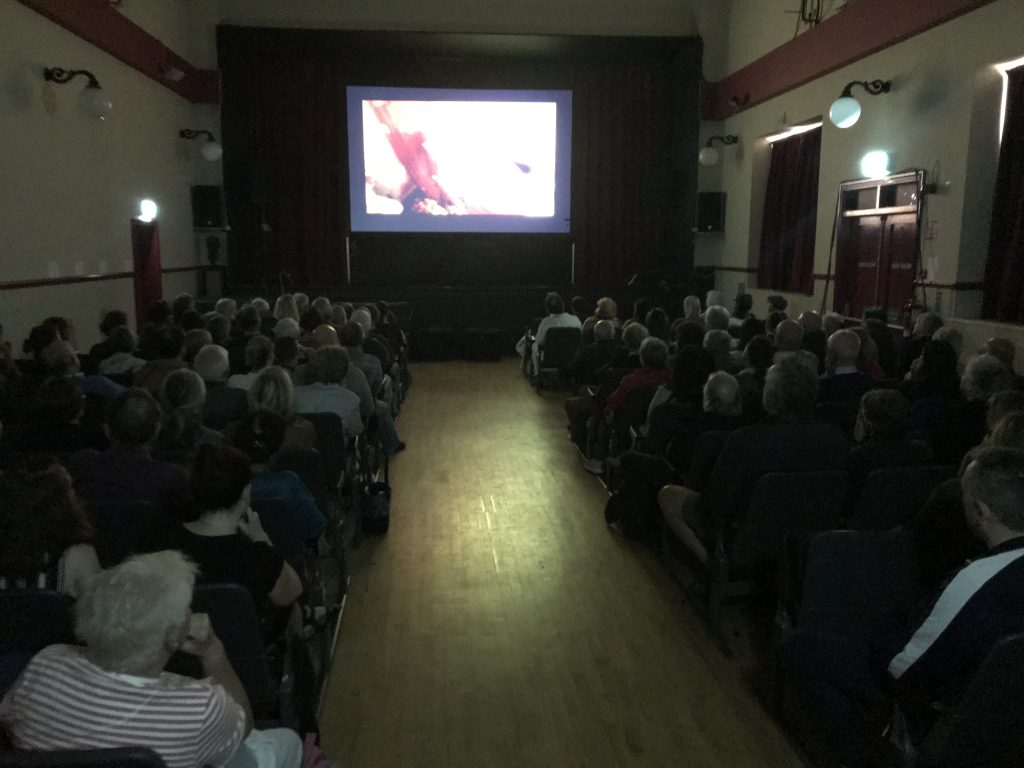 These include the 2016 documentary “Pull Like a Dog” which follows Skibbereen Olympic medallists’, brothers Gary and Paul O’Donovan, as they return from the Rio Olympics and the film adaptation of John McGahern’s acclaimed novel “That They May Face the Rising Sun”.
With Skibbereen’s Annual Arts Festival taking place from Friday, 26 July to Saturday, 3 August, festival organisers have installed large screens to live stream both the Olympic rowing events and films and documentaries at the Town Hall, which can hold over 200 people, during the festival.
However, organisers found the existing connectivity to the Town Hall did not meet what was required for the live Olympic streaming and planned festival screenings.
Ludgate Hub, which itself is powered by SIRO Gigabit Fibre then approached the broadband operator to see what could be achieved, in the short time frame, to provide fibre broadband to meet the connectivity requirements of the Town Hall.
Notwithstanding the extremely tight deadlines, following extensive engagement and teamwork between Ludgate Hub, SIRO and Cork County Council, a fibre broadband connection was installed in the Town Hall premise late on Thursday.
These include the 2016 documentary “Pull Like a Dog” which follows Skibbereen Olympic medallists’, brothers Gary and Paul O’Donovan, as they return from the Rio Olympics and the film adaptation of John McGahern’s acclaimed novel “That They May Face the Rising Sun”.
With Skibbereen’s Annual Arts Festival taking place from Friday, 26 July to Saturday, 3 August, festival organisers have installed large screens to live stream both the Olympic rowing events and films and documentaries at the Town Hall, which can hold over 200 people, during the festival.
However, organisers found the existing connectivity to the Town Hall did not meet what was required for the live Olympic streaming and planned festival screenings.
Ludgate Hub, which itself is powered by SIRO Gigabit Fibre then approached the broadband operator to see what could be achieved, in the short time frame, to provide fibre broadband to meet the connectivity requirements of the Town Hall.
Notwithstanding the extremely tight deadlines, following extensive engagement and teamwork between Ludgate Hub, SIRO and Cork County Council, a fibre broadband connection was installed in the Town Hall premise late on Thursday.
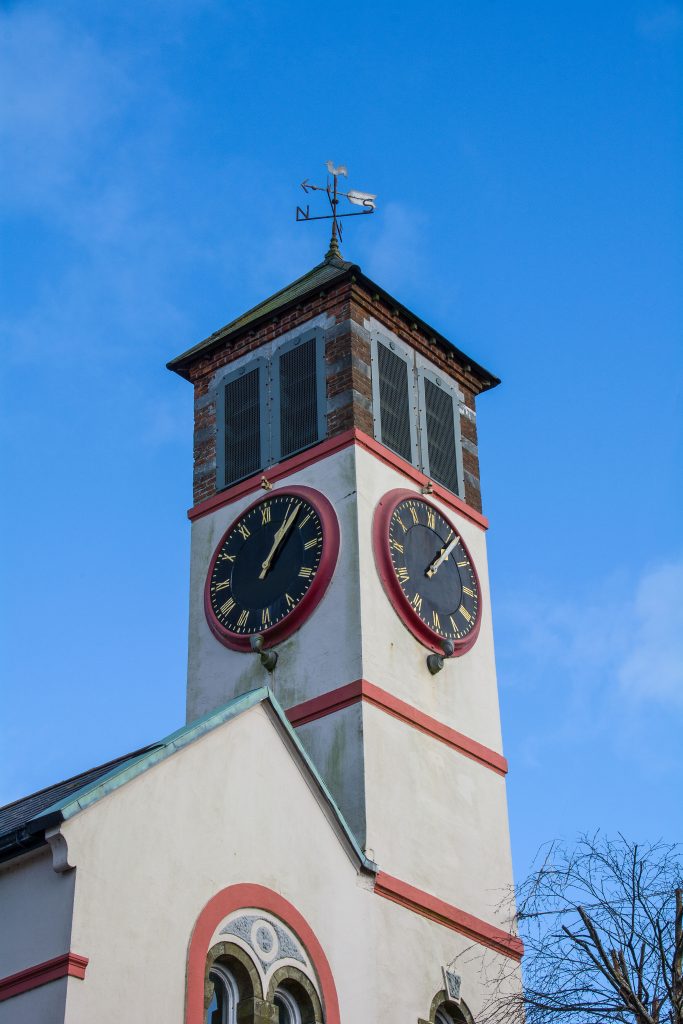 Access to a full fibre broadband connection is seen as essential for the longer-term viability and continued development of the Town Hall as a centre point for Skibbereen’s artistic community. It’s hoped that fast and reliable connectivity will allow the Town Hall to expand the facility’s arts activities into the future.
Skibbereen Arts Festival Director, Declan McCarthy commented:
Access to a full fibre broadband connection is seen as essential for the longer-term viability and continued development of the Town Hall as a centre point for Skibbereen’s artistic community. It’s hoped that fast and reliable connectivity will allow the Town Hall to expand the facility’s arts activities into the future.
Skibbereen Arts Festival Director, Declan McCarthy commented:


 Full fibre broadband network operator, SIRO, has called for an integrated, joined-up approach to the forthcoming process of
Full fibre broadband network operator, SIRO, has called for an integrated, joined-up approach to the forthcoming process of 
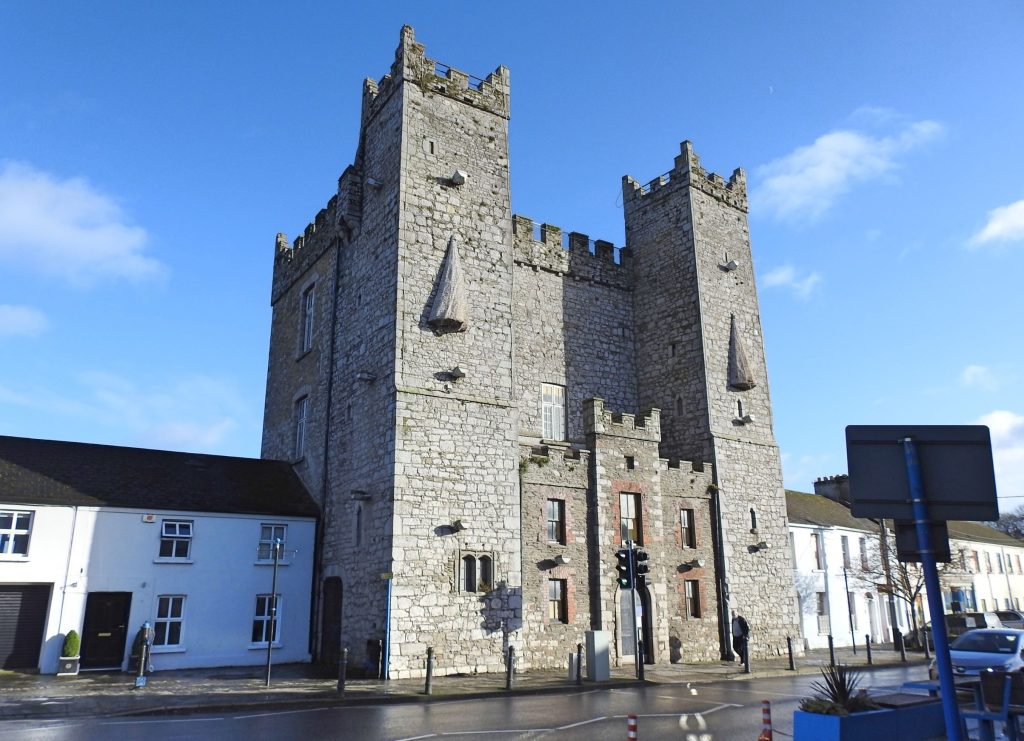

 Kieran Clifford, Technical Director, Island Computers[/caption]
Kieran Clifford, Technical Director, Island Computers[/caption]
 “In our own place of work, we are very much cloud based. We are big users of 365 and Azure. The back end and marketing rely on the technology. We are so dependent on fibre broadband. Since the investment with SIRO and Viatel, we found that our productivity has improved as the broadband provides a smoother experience.
The great thing about working with Viatel is that there is two-way communication, so we can coordinate maintenance and make those accommodations to avoid delays.”
“In our own place of work, we are very much cloud based. We are big users of 365 and Azure. The back end and marketing rely on the technology. We are so dependent on fibre broadband. Since the investment with SIRO and Viatel, we found that our productivity has improved as the broadband provides a smoother experience.
The great thing about working with Viatel is that there is two-way communication, so we can coordinate maintenance and make those accommodations to avoid delays.”


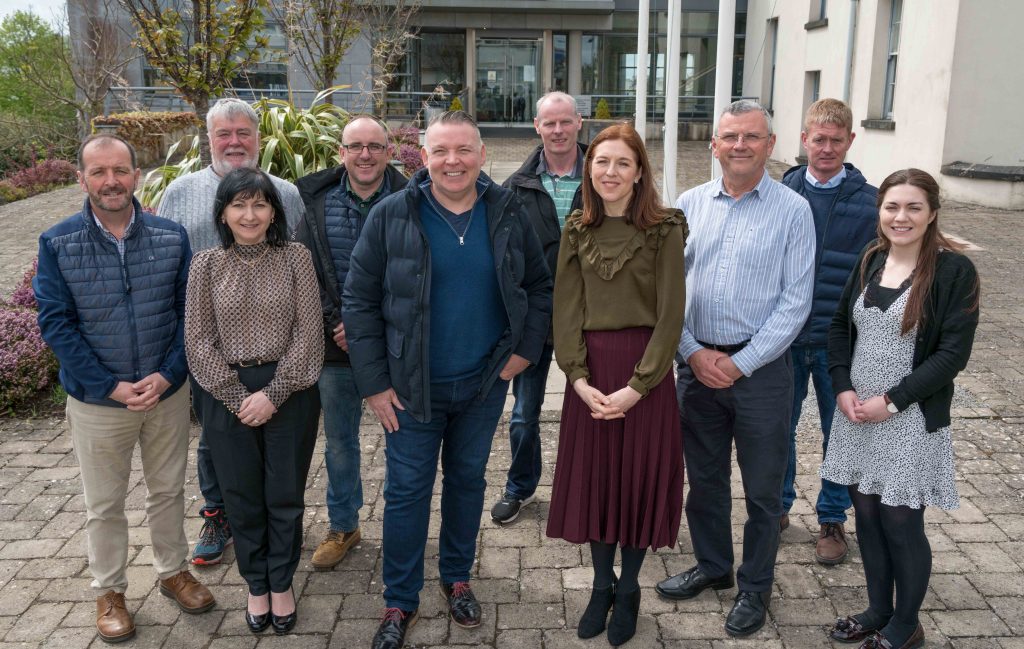 SIRO representatives pictured with members of Carrick on Shannon Town Committee and Leitrim County Council officials.[/caption]
SIRO representatives pictured with members of Carrick on Shannon Town Committee and Leitrim County Council officials.[/caption]
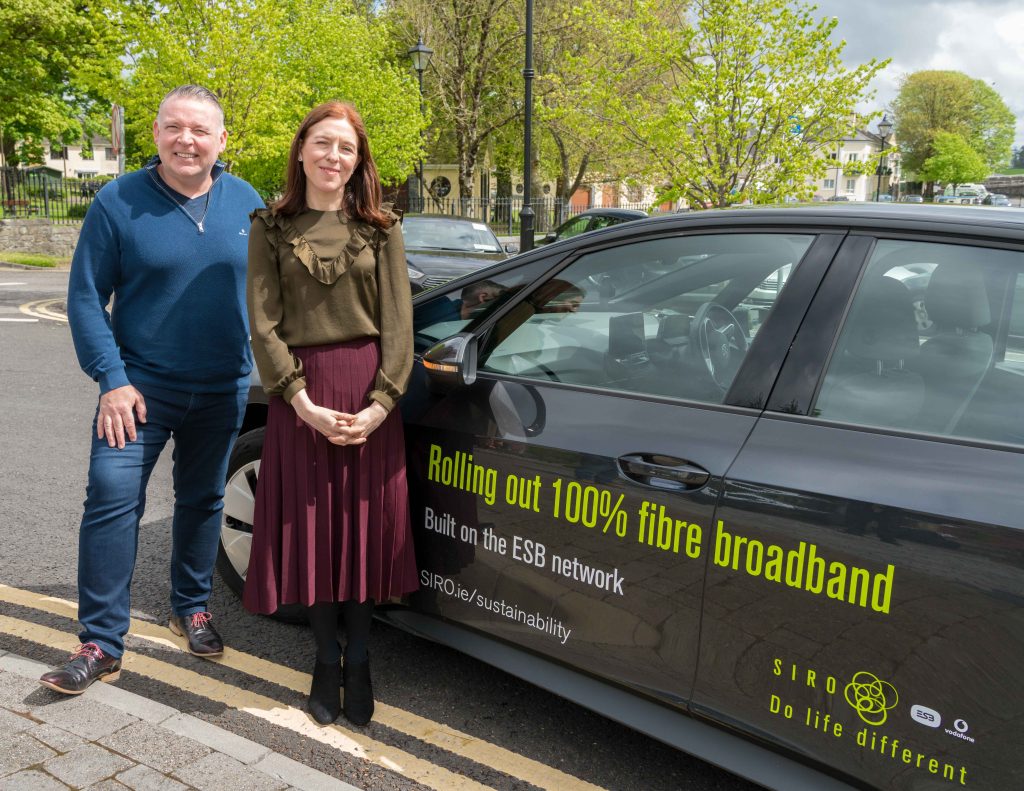 Pictured President of Carrick on Shannon Chamber of Commerce Colm McGrath and SIRO Director of Corporate Affairs Amanda Glancy.[/caption]
Pictured President of Carrick on Shannon Chamber of Commerce Colm McGrath and SIRO Director of Corporate Affairs Amanda Glancy.[/caption]
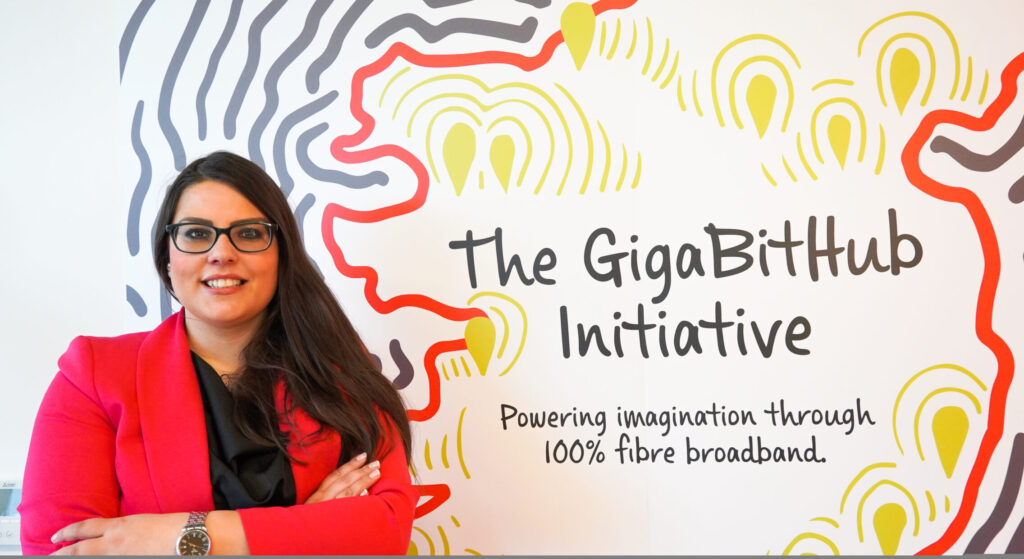 Director of The Cube, Caroline Hofman[/caption]
Director of The Cube, Caroline Hofman[/caption]
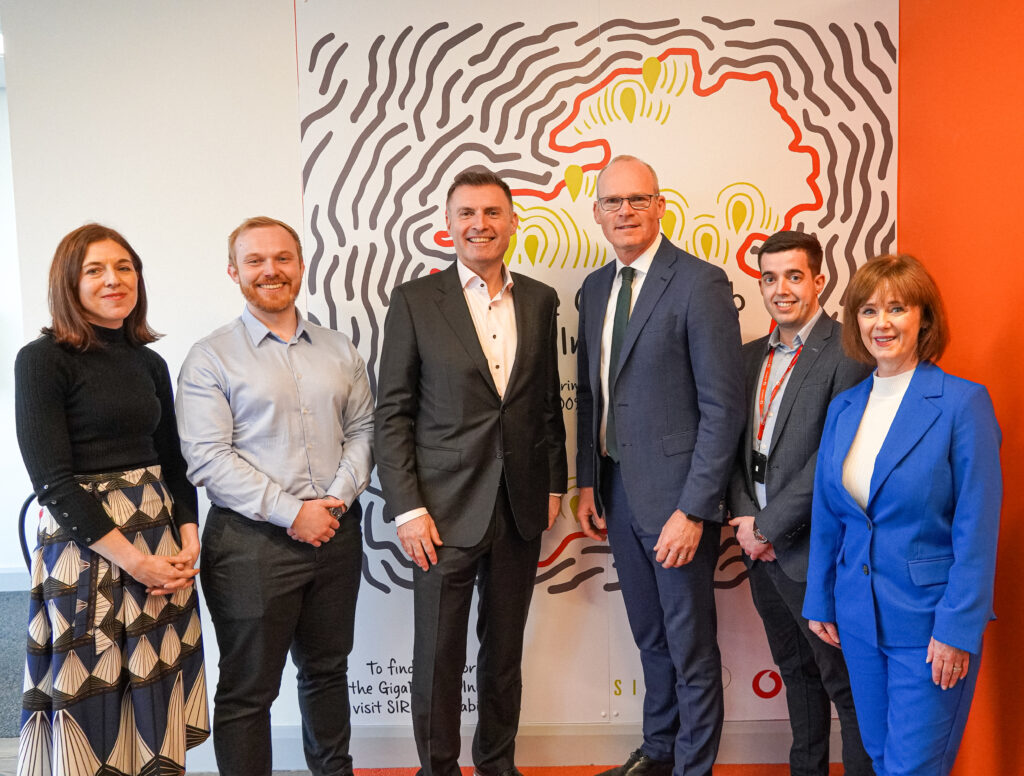 L-R, SIRO Corporate Affairs Director, Amanda Glancy, Charlie Collins, Senior Strategic Partner, VF Business, John Keaney, SIRO CEO, Minister for Enterprise, Trade and Employment, Simon Coveney, Public Sector Account Executive, Ryan Brophy Lisa Corcoran, Head of SME Business, Vodafone Business Ireland[/caption]
L-R, SIRO Corporate Affairs Director, Amanda Glancy, Charlie Collins, Senior Strategic Partner, VF Business, John Keaney, SIRO CEO, Minister for Enterprise, Trade and Employment, Simon Coveney, Public Sector Account Executive, Ryan Brophy Lisa Corcoran, Head of SME Business, Vodafone Business Ireland[/caption]
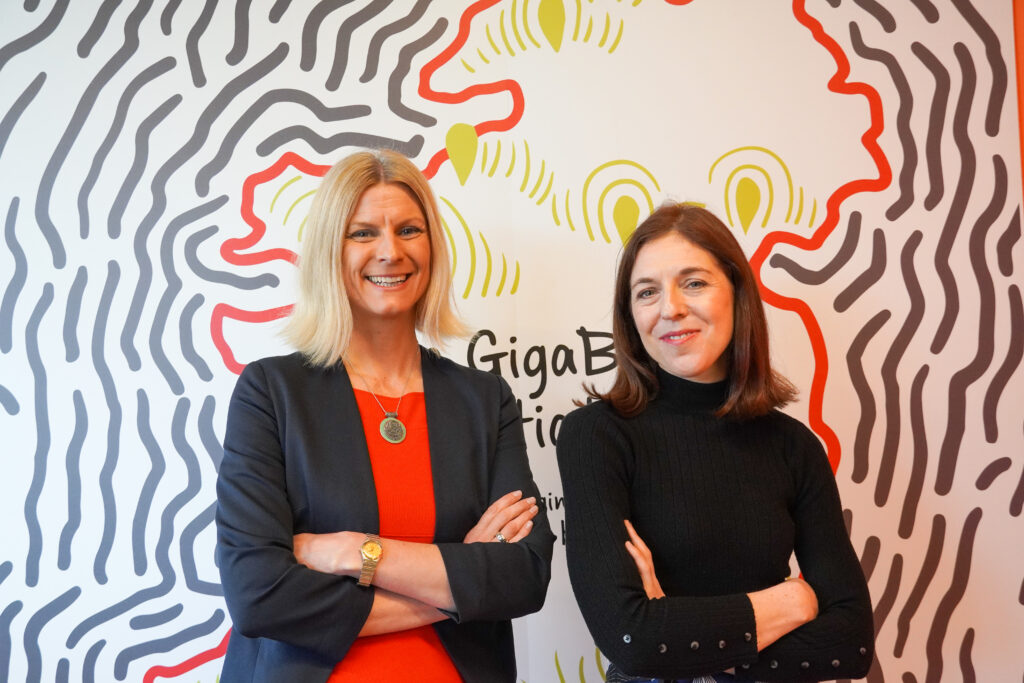 L-R, Minister of State for the Department of Agriculture, Food and the Marine, Senator Pippa Hackett and Corporate Affairs Director at SIRO, Amanda Glancy[/caption]
L-R, Minister of State for the Department of Agriculture, Food and the Marine, Senator Pippa Hackett and Corporate Affairs Director at SIRO, Amanda Glancy[/caption]
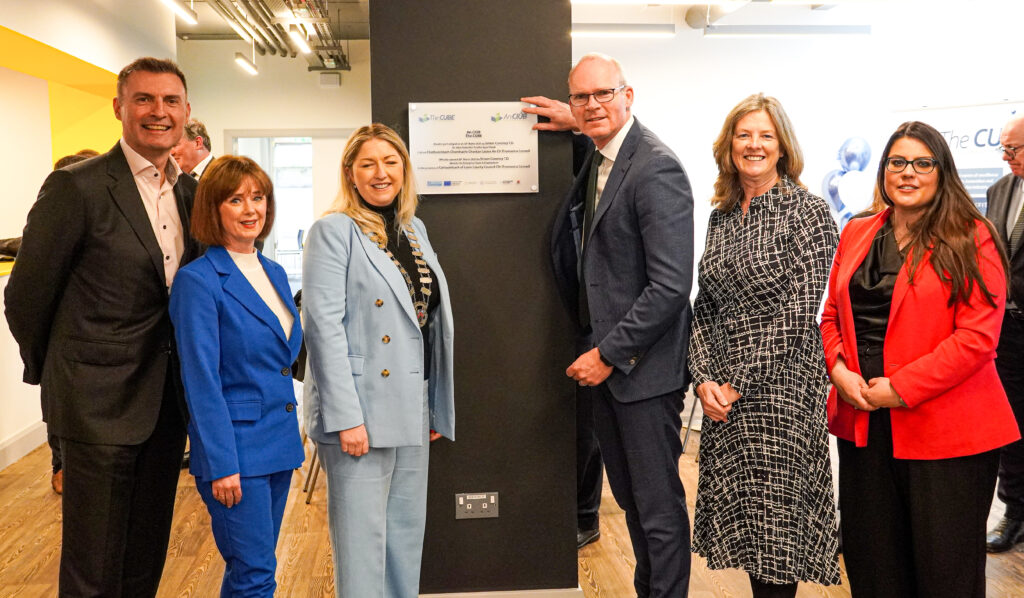 L-R SIRO CEO John Keaney, Head of SME Business, Lisa Corcoran, Cathaoirleach, Cllr. Thomasina Connell, Minister for Enterprise, Trade and Employment, Simon Coveney, Divisional Manager & Head of Regions and Local Enterprise, Enterprise Ireland, Carol Gibbins, and Director of The Cube, Caroline Hofman[/caption]
L-R SIRO CEO John Keaney, Head of SME Business, Lisa Corcoran, Cathaoirleach, Cllr. Thomasina Connell, Minister for Enterprise, Trade and Employment, Simon Coveney, Divisional Manager & Head of Regions and Local Enterprise, Enterprise Ireland, Carol Gibbins, and Director of The Cube, Caroline Hofman[/caption]

 siro sustainability[/caption]
siro sustainability[/caption]


